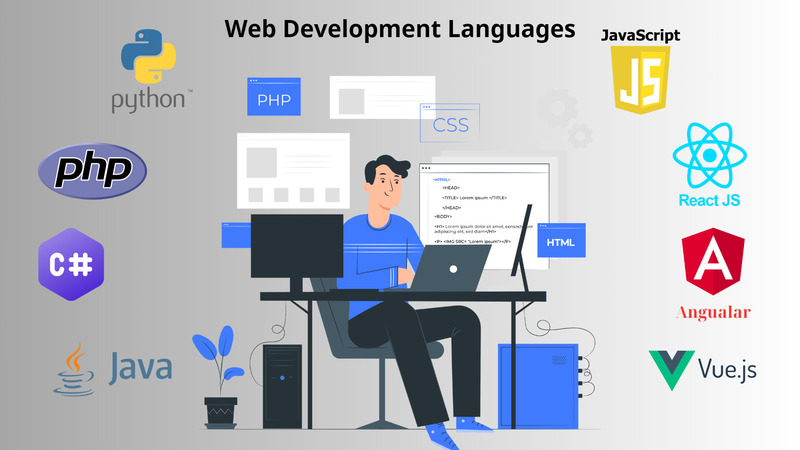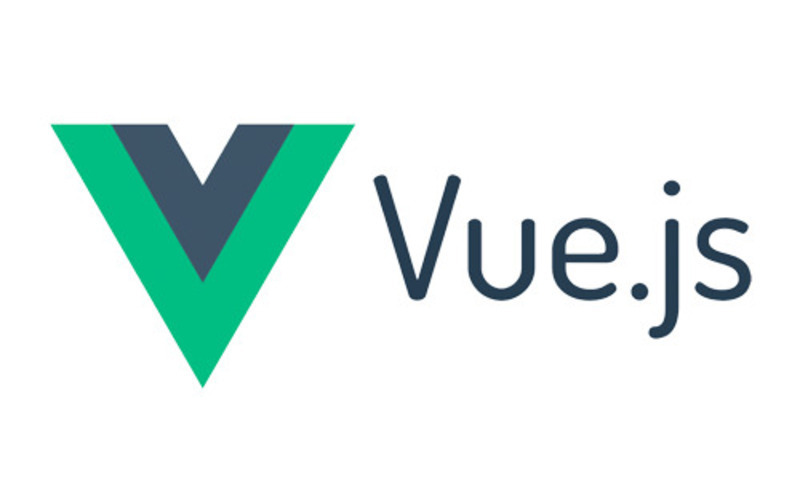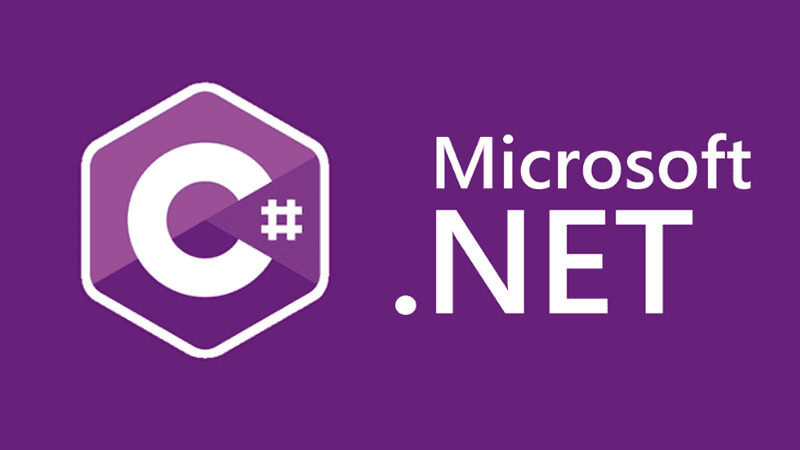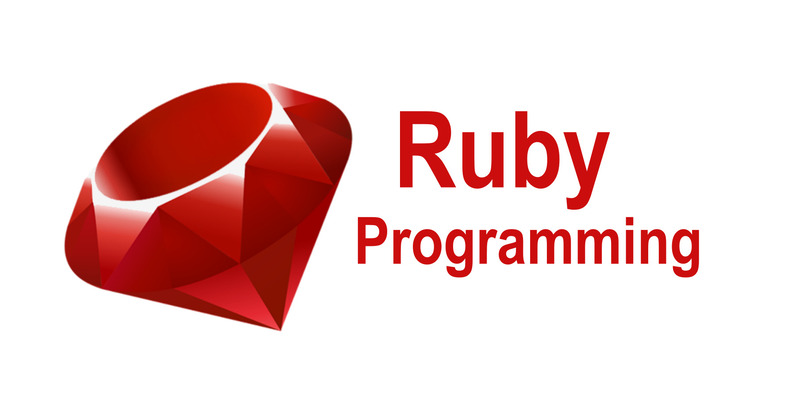Wondering which programming language to learn among the many available options can seem overwhelming. We understand your concerns, so we have compiled and shared a list of the top 10 most popular web development languages. In this article from Nexle Corporation, we will explore, compare, and help you choose the programming language that suits your needs best for web development.
Programming Languages and Coding Languages
Programming languages serve as a tool for experts to communicate instructions to computers. These human-readable codes are what programmers use to build applications and various computer programs.
Currently, there are many different web development languages, with the most popular ones being HTML, CSS, and JavaScript. However, it’s important to note that HTML and CSS are actually markup and styling languages for the web, while JavaScript is a true programming language.
Programming and coding are two connected yet distinct concepts. Programming entails the creative process of designing applications or programs, whereas coding involves the specific act of writing commands and instructions in a programming language. It is worth noting that terms like “programming languages” and “coding languages” tend to be used interchangeably as both involve writing code to develop applications and programs.
Programming languages can be classified into two main types: domain-specific languages (DSLs) and general-purpose programming languages. DSLs are designed for specific domains, catering to their unique needs. On the other hand, general-purpose programming languages have wider applications and do not require specialized knowledge of system architecture or platform.

How are Programming Languages used in Web Development?
Developers use web programming languages to construct dynamic websites which can adapt their content or respond based on user actions. These languages serve as the essential tools for achieving this purpose. The most commonly employed web development programming languages today encompass JavaScript, Python, and C#. When undertaking web development projects, developers often opt for one of these languages.
The choice of programming language depends on the specific role of the developer in the web app development process. Front-end developers select languages to build user interfaces and user experiences, while back-end developers choose languages to build server-side components and manage the application’s data.
Top 10 Web Development Languages in the World
Front-end Web Programming Languages
1. JavaScript
JavaScript, an open-source client-side programming language, holds immense power. Its primary goal is to elevate user interaction on websites. In other words, you can use this programming language to improve the dynamism and interactivity of your website.
JavaScript is also widely used in developing games and mobile applications. Excellent speed, cross-browser compatibility, and simple syntax are some of the essential characteristics of JavaScript, providing a seamless experience for developers.
Most individuals who have an interest in web development usually begin their journey with HTML and CSS. Afterward, they progress to JavaScript as these three elements collectively serve as the foundation of web development.
Here are some outstanding advantages of the JavaScript programming language:
- The program is very easy to learn.
- JavaScript errors are easy to detect, which helps you fix them quickly.
- Web browsers can interpret HTML without the need for a compiler.
- JavaScript can work on various platforms and different web browsers.
- Experts consider it to be a lightweight programming language that is much faster than other programming languages.
- JS can be attached to certain elements or events on web pages.
- Websites that use JS can enhance interactivity and provide new experiences for users.
- Users can also utilize JS to check inputs instead of manually accessing the database.
- Application interfaces are rich with components like Drag and Drop and Sliders to provide users with a feature-rich interface.
- It facilitates interactions with users on the client side and separates clients from each other.

2. React
ReactJS, developed by Facebook, is an open-source library that was released in 2013. It is used for building interactions with website components. An interesting aspect of ReactJS is its capability to render data on both the server side and the client side.
ReactJS is a JavaScript library that focuses on helping developers create user interfaces (UIs). Before ReactJS, developers encountered difficulties using vanilla JavaScript and jQuery to build UIs. This led to longer development times and increased risks of bugs. In 2011, Jordan Walke, an employee at Facebook, started ReactJS to enhance the UI development process.
In addition, React enables us to accelerate development and reduce coding risks by offering two key concepts:
- JSX is a syntax that developers use in React to build and manage user interfaces.
- The Virtual DOM is a powerful tool that enhances performance and optimizes the process of updating the user interface. It is particularly beneficial for React applications, as it enables them to run faster and operate more smoothly.
Advantages of ReactJS:
- Suitable for a wide range of website types.
- Reusable components.
- Applicable to both web and mobile applications.
- SEO-friendly.
- Easy debugging.
- One of the hottest web development tools today.

3. Angular
Angular, the web development framework created by Google, is designed to help developers build single-page apps more efficiently. By using HTML and TypeScript, Angular enables faster development of these apps.
According to Nexle Corporation, aside from time-saving benefits, developers choose Angular for the following reasons:
- Angular, supported by Google, offers developers a sense of confidence. They can use the framework without worrying about it becoming outdated and have peace of mind in their choice.
- A large user community ensures quick resolution of any queries or issues.
It facilitates the development of Single-page Applications, web apps that run in the browser without reloading.

4. VueJS
VueJS is a widely used open-source JavaScript framework for creating interactive web interfaces. It simplifies web development and is known for its ease of integration into larger front-end projects. Developers can focus on the view layer without any complications.
Installing VueJS is straightforward, and any developer can quickly understand and build interactive web interfaces in a short time. VueJS was created by Evan You, a former Google employee and programmer. The first version of VueJS was released in February 2014. Recently, it has gained popularity with 64,828 stars on GitHub.
Advantages:
- VueJS efficiently uses Virtual DOM to manage and update the actual DOM.
- VueJS offers a powerful data binding feature that enables developers to connect JavaScript code with HTML attributes, classes, and styles. With the help of VueJS components, you can easily create custom and reusable elements.
- VueJS includes built-in support for adding transition effects to HTML elements when they are added or removed from the DOM. This feature offers various methods to create dynamic effects, making your web application more visually appealing.
VueJS allows you to define templates using HTML and automatically connects data from your Vue instance to DOM elements within these templates.

5. HTML
Frontend web developers should prioritize learning HTML as their first language. It is widely recognized as the most popular and user-friendly markup language worldwide, offering simplicity when compared to languages like Javascript and Python.
HTML serves as a markup language utilized for defining the structure and content of websites. It employs tags and labels to designate elements rather than performing logic tasks or data processing. Its primary purpose lies in constructing the foundations and arrangement of web pages. This knowledge holds immense significance for fledgling front-end developers venturing into the realm of web development.
HTML utilizes sections known as “element blocks” to define different parts of a website. These functional elements, including the header, content section, footer, and more, play crucial roles within webpages. Within each element block, HTML employs tags that determine how various website elements should appear. These tags effectively specify whether they are headings, paragraphs, images, links, or other components. This allows the browser to display them according to their intended function and formatting accurately.
Coding for a website’s functionality without HTML is deemed impossible. One can easily access the HTML code of a webpage by simply right-clicking on any web page, choosing “View Page Source,” and locating the corresponding HTML code.
HTML serves as the foundation of web development, providing the structure and content of web pages. Front-end developers must prioritize learning this essential language to excel in their field.

Backend Web Development Languages
6. Python
Python is known in the realm of Backend Web Development due to its cost-effective quality and open-source nature. This smooth learning curve language provides effective tools. It’s familiar with established frameworks like Django, Robot, and Flask. You can use Python in 3D modeling, image handling, and keeping networks safe.
- Python is relatively easy to learn, with clean and intuitive syntax.
- It’s well-liked because of its huge library and ample frameworks.
- It is suitable for scientific computing, data study, and machine training.
- It is highly flexible and won’t compromise your performance.
- Python coordinates well with other languages and technologies.

7. Java
Java remains an appealing choice for a leading backend web programming language. Its strength, well-established community support, and adaptability make it the ideal option for developing robust enterprise-level backend applications that can easily scale. Furthermore, its versatility, performance, an extensive collection of free and open-source libraries, combined with its user-friendly nature, all contribute to its reputation as a reliable backend language.
- Fewer explicit pointers reduce security vulnerabilities.
- Less complex than C and C++. Easy to learn, develop, and maintain.
- Multithreading support leads to efficiency and good performance.
- Platform-independent, usable for both application and web development.
- Eclipse IDE, Maven, and the Spring Framework facilitate easy code creation, testing, and deployment.

8. PHP
The open-source nature, cross-platform compatibility, and numerous appealing features of PHP make it suitable for backend web development. Furthermore, its fast loading speed, extensive collection of extensions, seamless compatibility with HTML, flexibility, and cost-effective hosting services contribute to its popularity in developing, deploying, and maintaining backend systems.
- Comes with built-in support for databases like MySQL, PostgreSQL, and Oracle.
- Platform-independent and can run on any operating system.
- Aserver-side programming language, allowing for enhanced security and control.
- Good for beginners since it’s easy to read and learn.
Various frameworks like Laravel, Symfony, CodeIgniter, and more are offered by PHP - It places a strong emphasis on testing with tools like RSpec, Capybara, and Factory Bot.

9. C#
C# is a programming language developed by Microsoft in 2000. It’s based on the foundation of C and C++, but easier to use with its big libraries ready for various tasks.
Microsoft even uses C# as the official language for the .NET framework. You might know that things written in .NET operate on Windows. This makes C# a key part of Windows development. Thanks to .NET Core, C# now also works for building macOS, Linux, and even Raspberry Pi applications more easily.
C# has multiple bonuses that help it become a favorite among developers:
- C# is an easy-to-learn language.
- Safer compared to C and C++.
- Capable of working with shared codebases.
- C# has an extremely active online community.
- Strong backing from Microsoft.
- It is an ideal language for any web development.
Enables cross-platform software development, not limited to web development.

10. Ruby
A dynamically typed language with clean and concise syntax has rapidly developing cycles, supported by a large active community. This combination offers flexibility, integrated database support, excellent performance, asynchronous I/O, and concurrent processing capabilities, which establish it as a reliable backend language.
Ruby is a popular programming language in web development with several advantages:
- Object-oriented nature allows for flexible and reusable code.
- Equipped with powerful testing frameworks – RSpec and Cucumber.
- Framework rules of Ruby on Rails facilitate rapid backend development.
- A rich ecosystem of libraries makes adding new functionalities easy.

Read more: Web App vs Mobile App: What Is the Difference and Which Is Better?
How to Find the Best Web Programming Language
The Highest-Paying Web Development Languages Today
When making a decision, finding a web programming language that generates a high income is crucial. Currently, Nexle Corporation is evaluating several options that have proven to bring in substantial revenue. These languages can serve as references for your consideration:
- Java
- Ruby
- Go
- Rust
- React
- Kotlin
- Objective C
- Perl
- Scala
Before you quickly select one of these programming languages, Nexle Corporation also advises that you should consider your goals. Check the job requirements for each programming language and seek opinions from various sources to understand which web programming language positions offer the highest salaries.
The Most Popular Programming Languages for Web Development
To discover the most popular web developing languages at present, one effective recommendation is to explore developer communities. A study conducted by the Stack Overflow website, a platform widely trusted among professional programmers and coding enthusiasts, delved into the popularity of web development languages in 2023.
The research shows that web programming languages like JavaScript, HTML/CSS, SQL, and Python are currently the most favored languages.
Considering the popularity of programming languages is crucial when deciding which web development languages to learn because these widely used languages are often in demand at companies where you may want to apply for a job.
Determining the Future Trends in Web Development Languages
The current best web development language may not retain its position in the future. The rise and fall of programming languages hinge upon emerging trends. Therefore, the pivotal query is: which programming language possesses the potential to become a prevailing trend in the times ahead?
Data analyzed from Indeed.com indicates that certain programming languages have the potential to become future trends. These languages include Java, SQL, TypeScript, Swift, Python, C, and C++.
In the rapidly changing technology sector, it is crucial to acknowledge the importance of staying up-to-date. Aspiring programmers should conduct research to identify programming languages that hold potential as future trends. This proactive approach enables individuals to adequately prepare themselves for success in their field.
Easy-to-Learn Web Programming Languages
The Bureau of Labor Statistics predicts a 23% increase in job opportunities for web developers and digital designers from 2021 to 2031. This growth rate is much higher than all industries’ national average (5%).
If you’re considering starting to learn web programming languages, choosing languages that are easy to approach will be very beneficial for you. Some of the easiest programming languages to learn include:
- Java
- Ruby
- Python
- JavaScript
- PHP
- C++
- SQL
It’s important to remember that learning is a gradual process, and improving yourself step by step will help you reach higher positions in the future. Starting with easy programming languages will provide you with a solid foundation to learn more challenging web programming languages in the future.
Read more: eCommerce App Development: Ultimate Guide and Use Cases
Honestly, it’s tough for us to say which web development languages suit you best. Nobody can answer this better than you. The decision relies on what you need and what you regard as crucial when choosing. Every web programming language comes with its own set of pros and cons.
Follow more posts from Nexle Corporation to find the best answer!
Table Of Content


